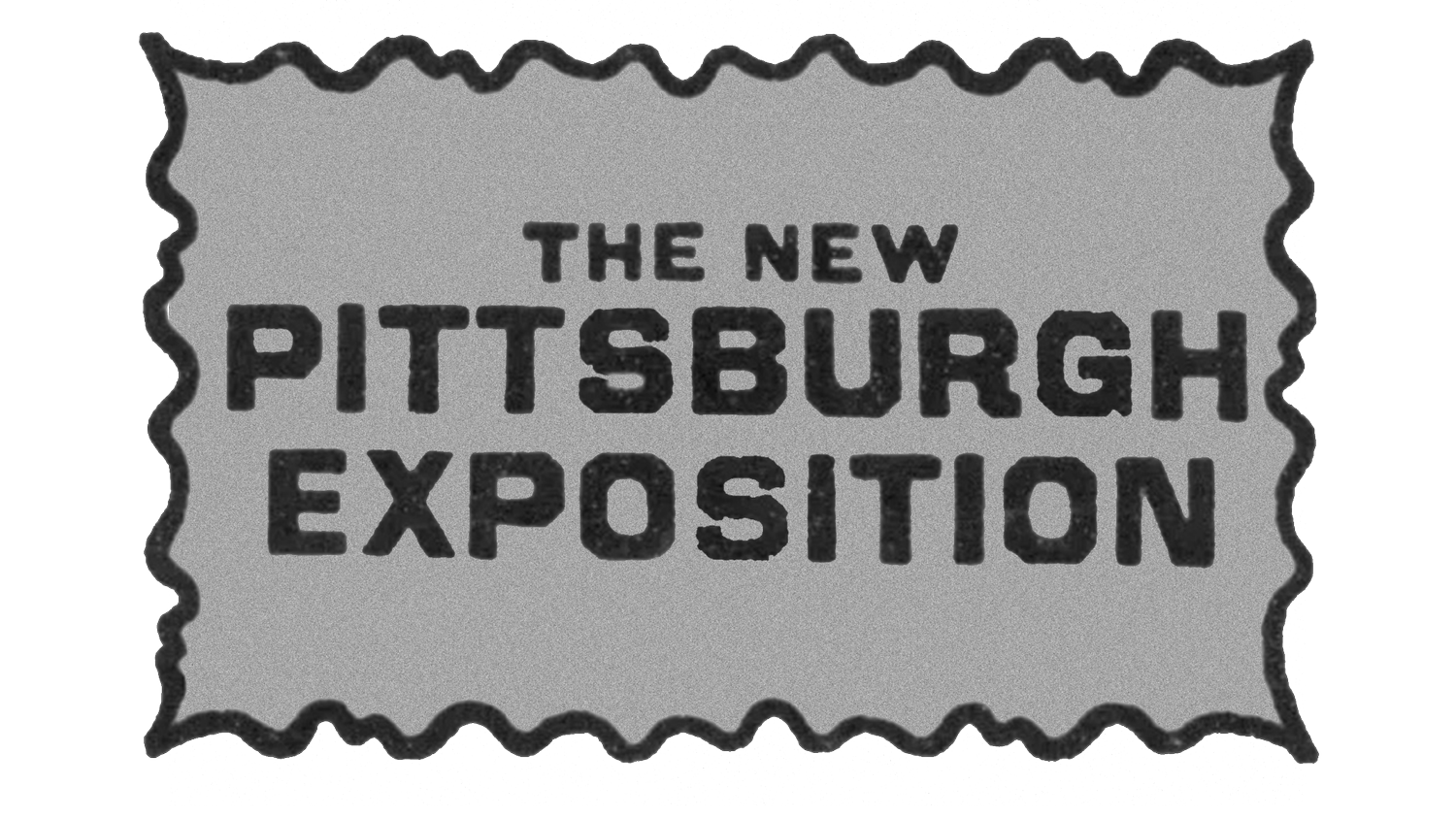Carnegie Museum of Art Announces First Round of Commissions and Partnerships for the 58th Carnegie International
Carnegie Museum of Art announces five commissions slated for the 58th Carnegie International that will be realized at the museum and throughout the city of Pittsburgh in the lead-up to the opening day of the exhibition on September 24, 2022. The 58th Carnegie International follows the geopolitical imprint of the United States since 1945 to situate the “international” within our local context. This framework prepares a historical ground for the movements of images, ideas, objects, and people that incite emancipatory expressions and artworks. The International attempts to encourage conversations around a range of actual and representational operations—migration, appropriation, expropriation, and decolonization—and address culture’s resistance to the disruptions and dislocations generated by these interventions and their lasting effects. The exhibition features historical presentations in dialogue with the museum’s collection and new commissions presented at the museum and a number of sites across the city of Pittsburgh. The 58th Carnegie International is organized by Sohrab Mohebbi, the Kathe and Jim Patrinos Curator, and associate curator Ryan Inouye with curatorial assistant Talia Heiman; the International Curatorial Council including Freya Chou, Renee Akitelek Mboya, Robert M. Ochshorn, and Pablo Jose Ramirez; and curatorial advisors Thiago de Paula Souza, Arlette Quỳnh-Anh Trần, and Renan Laru-an.
Among the highlights revealed, the museum has commissioned the Berlin-based collective terra0, “a group of developers, artists, and researchers exploring the creation of hybrid ecosystems in the technosphere.” For the Carnegie International, terra0 proposes an augmented tree that owns its land. The Community College of Allegheny County in Pittsburgh is donating the land on which the tree will be planted, and the tree will regulate and govern itself through a smart contract and issue certificates of care to the museum for the services that the latter will provide during its lifetime. While this work responds to broader environmental concerns, it is particularly relevant in Pennsylvania, which lost a large percentage of its forest to the logging industry in the 19th and 20th centuries. terra0 was developed by Paul Kolling, Paul Seidler, and Max Hampshire at the Berlin University of the Arts in 2015 and has exhibited at the Berlin Schinkel Pavillon, the Shed NYC, Chronus Art Center Shanghai, and the 17th International Architecture Exhibition—La Biennale di Venezia, among others.
The museum has also invited Pittsburgh-born and based artist James “Yaya” Hough to paint a mural for the Carnegie International in Pittsburgh’s historic Hill District, a cultural and artistic hub where Hough was born. Hough, in collaboration with Carnegie Museum of Art and Nafasi, a community development initiative in the Hill District that utilizes art as a vehicle, has been holding community workshops in the lead-up to the mural unveiling which will take place later this year. This project expands on and continues Yaya's legacy of making art public to create common imaginaries. Hough has recently worked on several high-profile projects with Mural Arts Philadelphia; was featured in the seminal exhibition “Marking Time: Art in the Age of Mass Incarceration” at MoMA PS1 in 2020; and opened a solo show at JTT gallery in New York in May 2021. Hough is known for his drawings that augment the absurdity of authority and confinement, nine of which the museum recently acquired in 2021. A selection of Yaya’s works will be presented in the museum galleries during the Carnegie International.
Cuban American artist Rafael Domenech will kick start the summer 2022 season on June 4 with a pavilion housed in the museum’s sculpture courtyard. Taking the shape of an ellipse, the installation invokes Cuban poet Severo Sarduy who believed that the form represents a de-centering of knowledge production and expands intercultural elasticity. Made from everyday construction scaffolding and mesh that are ubiquitous signs of urban redevelopment, the pavilion further envelops the museum as a site of production. The work will serve as a venue for the second iteration of Inside Out, Carnegie Museum of Art’s summer outdoor event series that celebrates Pittsburgh’s rich cultural landscape with performances and artist-led workshops.
Artist Tony Cokes will create new work for the Carnegie International on four digital billboards on Route 28 in Pittsburgh in addition to a video installed at Carnegie Museum of Art. In Cokes’s signature style, the artist creates text-based moving and still image works featuring texts over multi-chromatic color blocks, usually accompanied by the sound of pop, experimental, industrial, and electronic music. The texts are fragments of speeches, writings, and lyrics collected from a range of sources, including politicians, comedians, and cultural theorists addressing a range of topics including racism, evil, imperialism, megalomania, and capital. Cokes surrounds audiences in a field of distraction and disjunction, fracturing and remixing language oversaturated by color and beats. This new commission will disperse his work both in and out of the museum, taking on a decentralized structure. Cokes’s work is included in numerous group exhibitions such as the Whitney Biennial 2022.
In addition to commissioning new artwork and partnering with institutions in Pittsburgh, Carnegie Museum of Art will also partner with international organizations to contextualize contemporary voices. One such partner is the Museo de la Solidaridad Salvador Allende (MSSA), presenting a selection of their extensive collection for the first time in the United States. Celebrating its 50th anniversary in 2022, MSSA is a museum of modern and contemporary art in Chile with one of the most important collections in Latin America counting more than 2,800 artworks, a growing number thanks to the ongoing donations of works by the world’s most prominent artists. Its origins date to 1971 in Santiago, when a project arose to promote the donation of artworks from artistic circles in the Americas and Europe to Salvador Allende’s Unidad Popular (Popular Unity) government in order to create a museum for the people of Chile. Having gone from international solidarity through exile and back, MSSA is a distinctive example of artistic solidarity, generosity, and resilience and one of the world’s only major collections created exclusively from gifts by artists.

